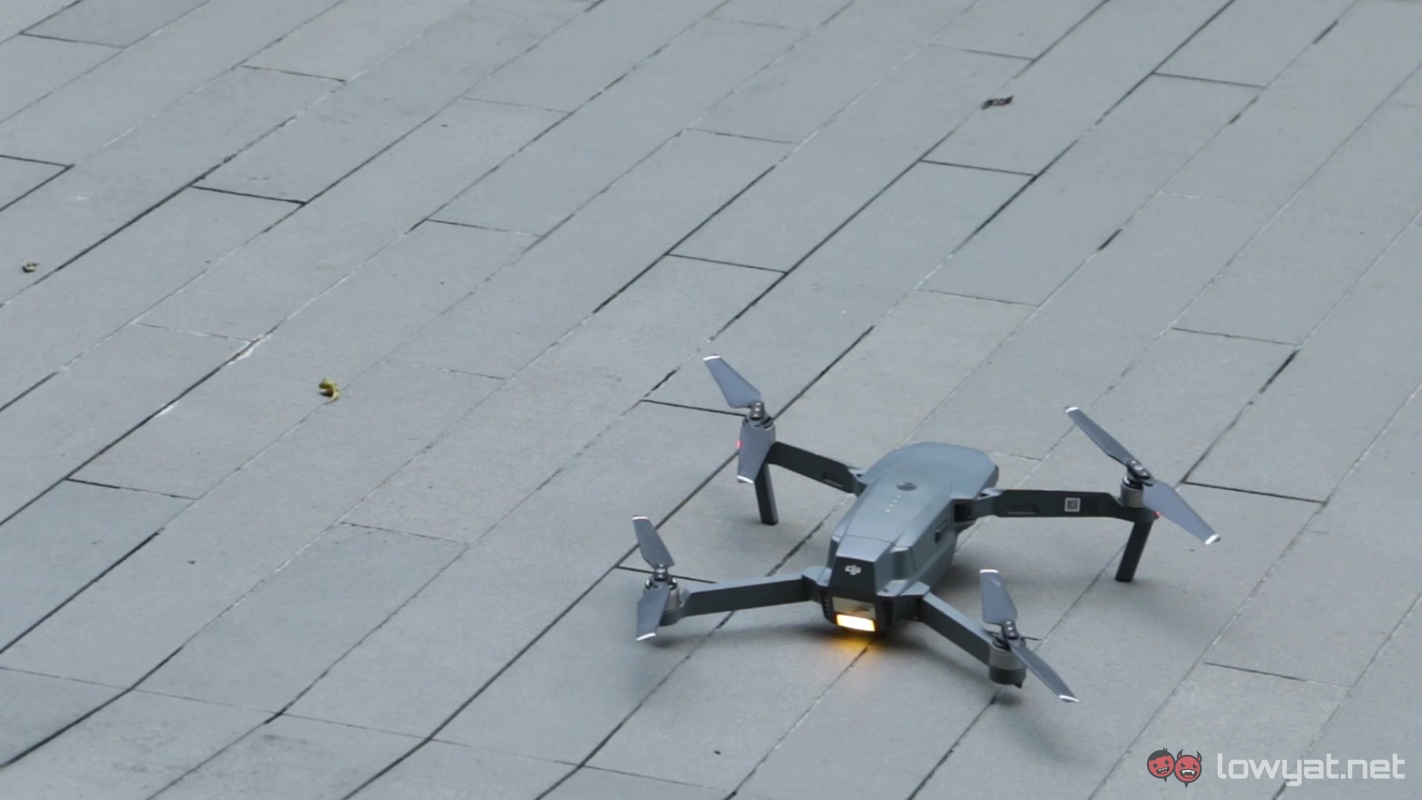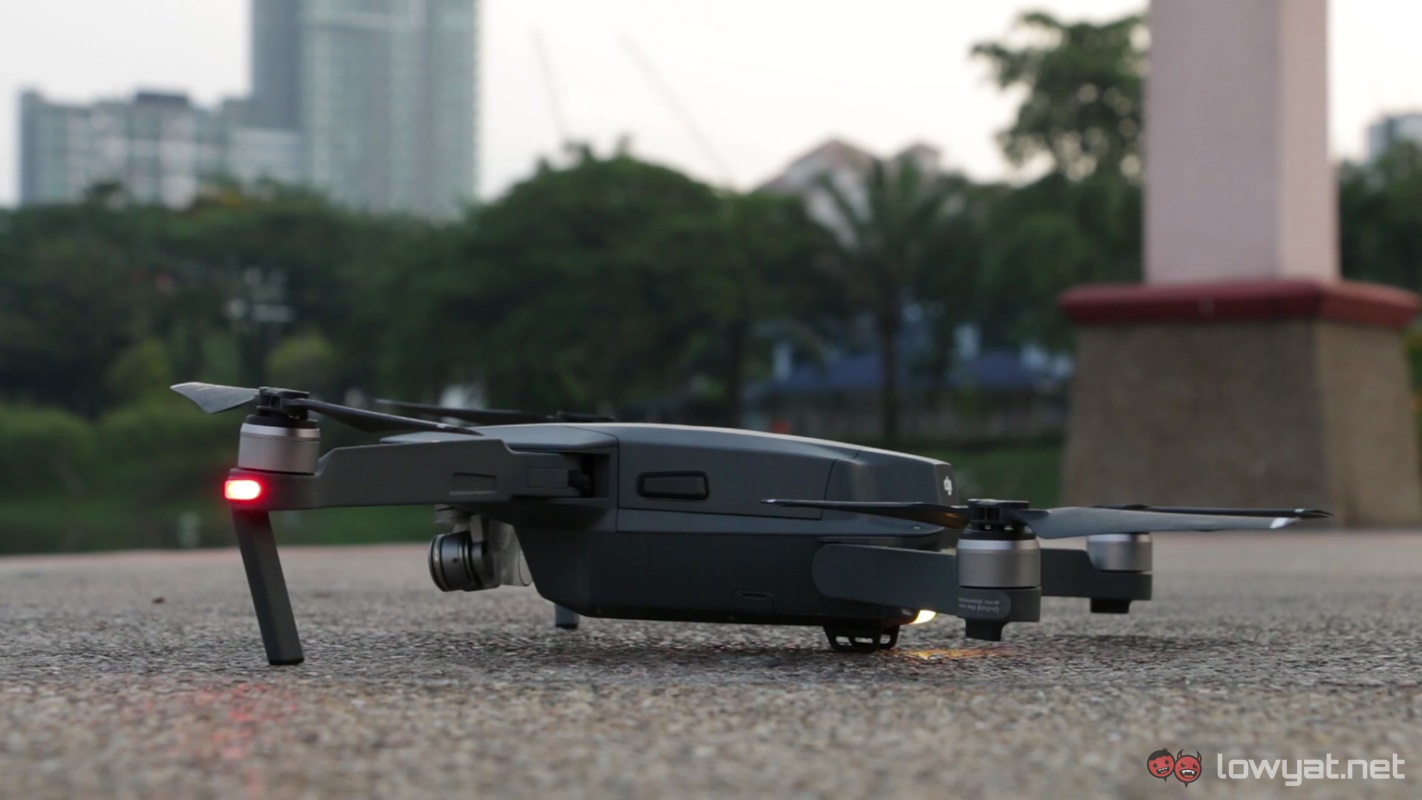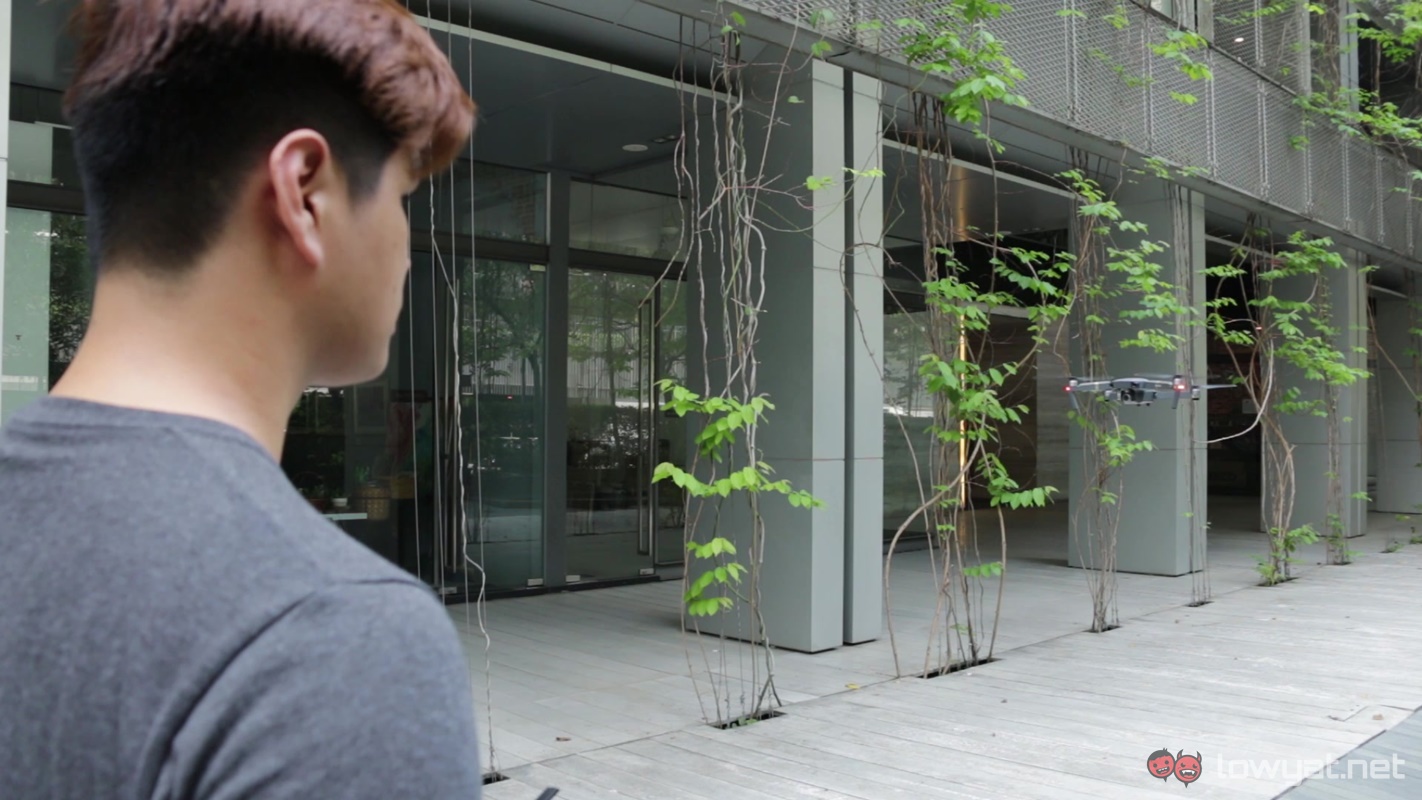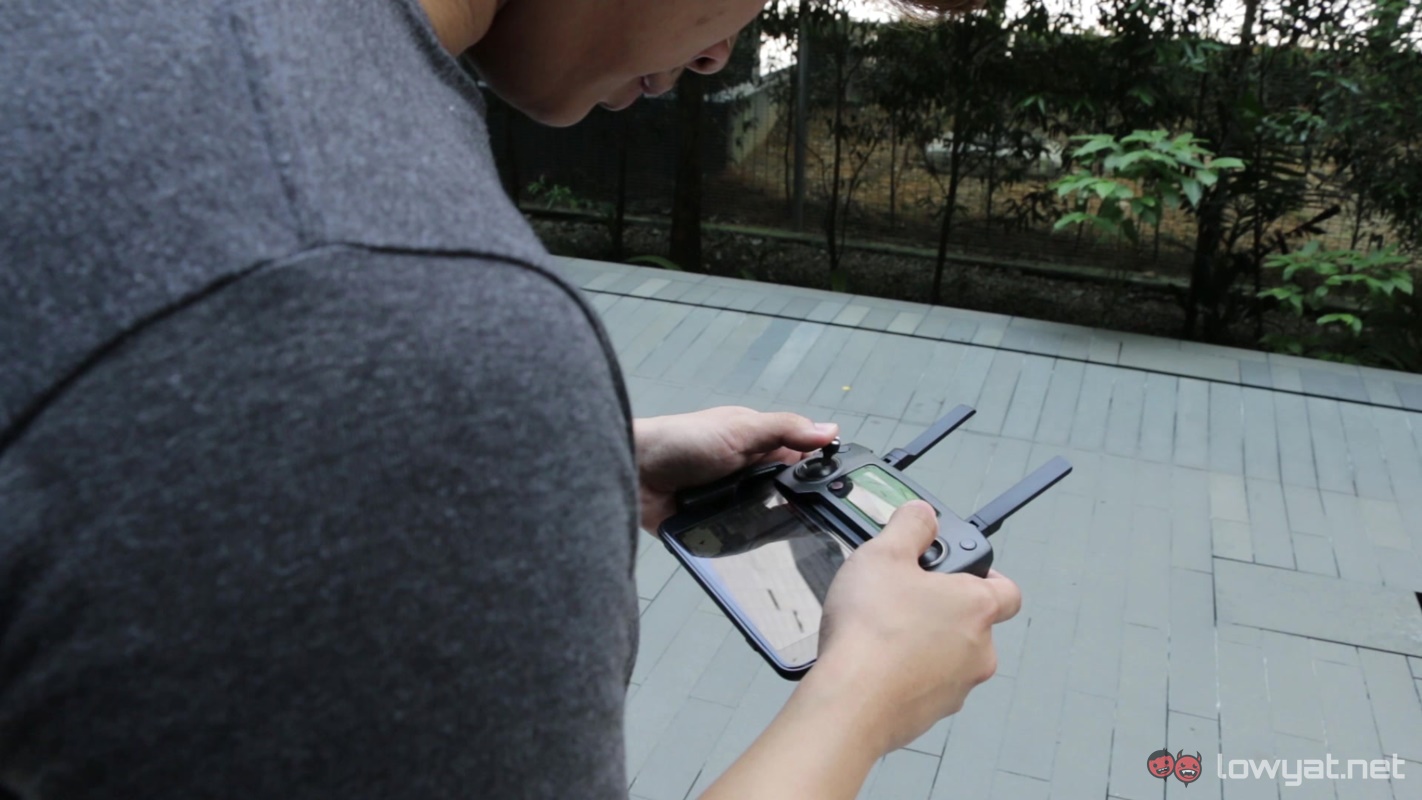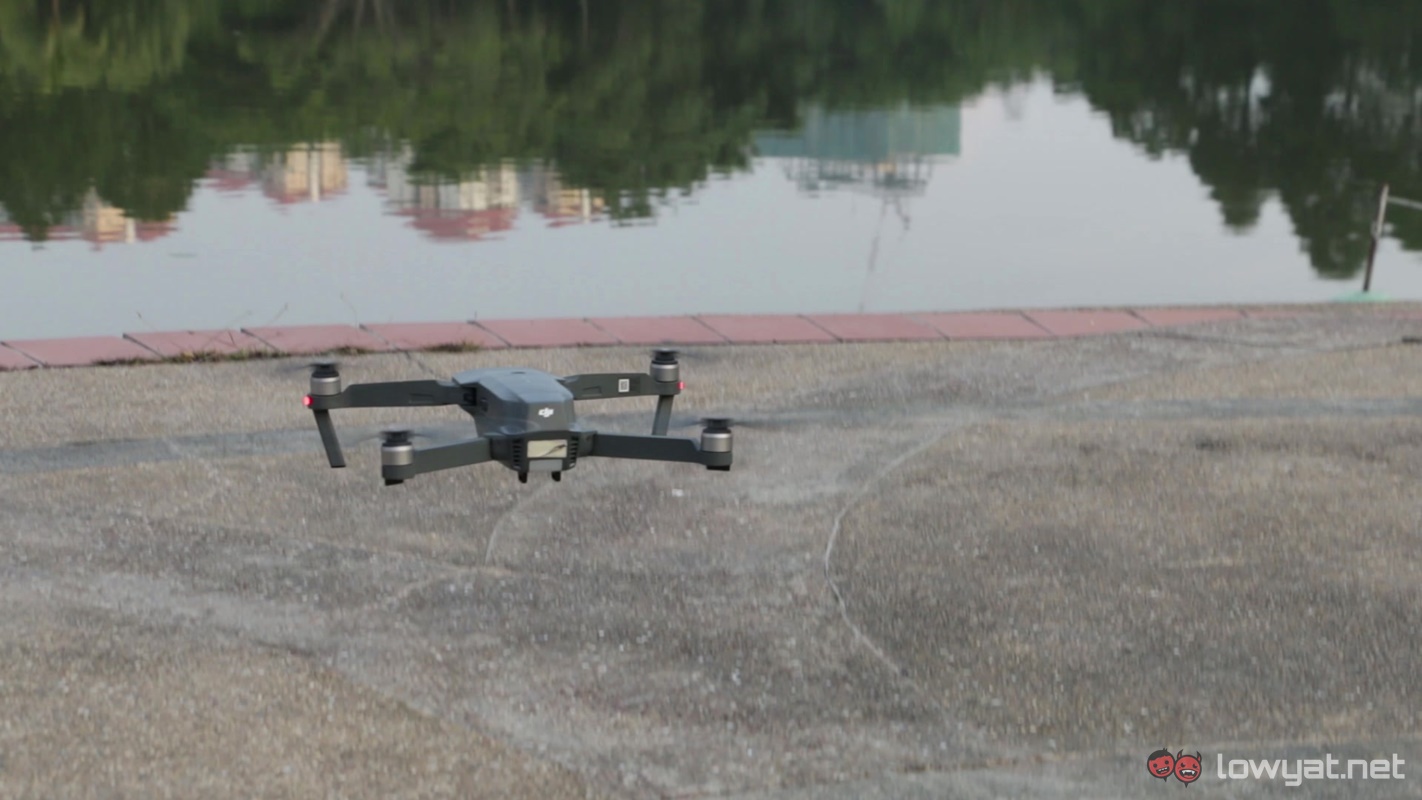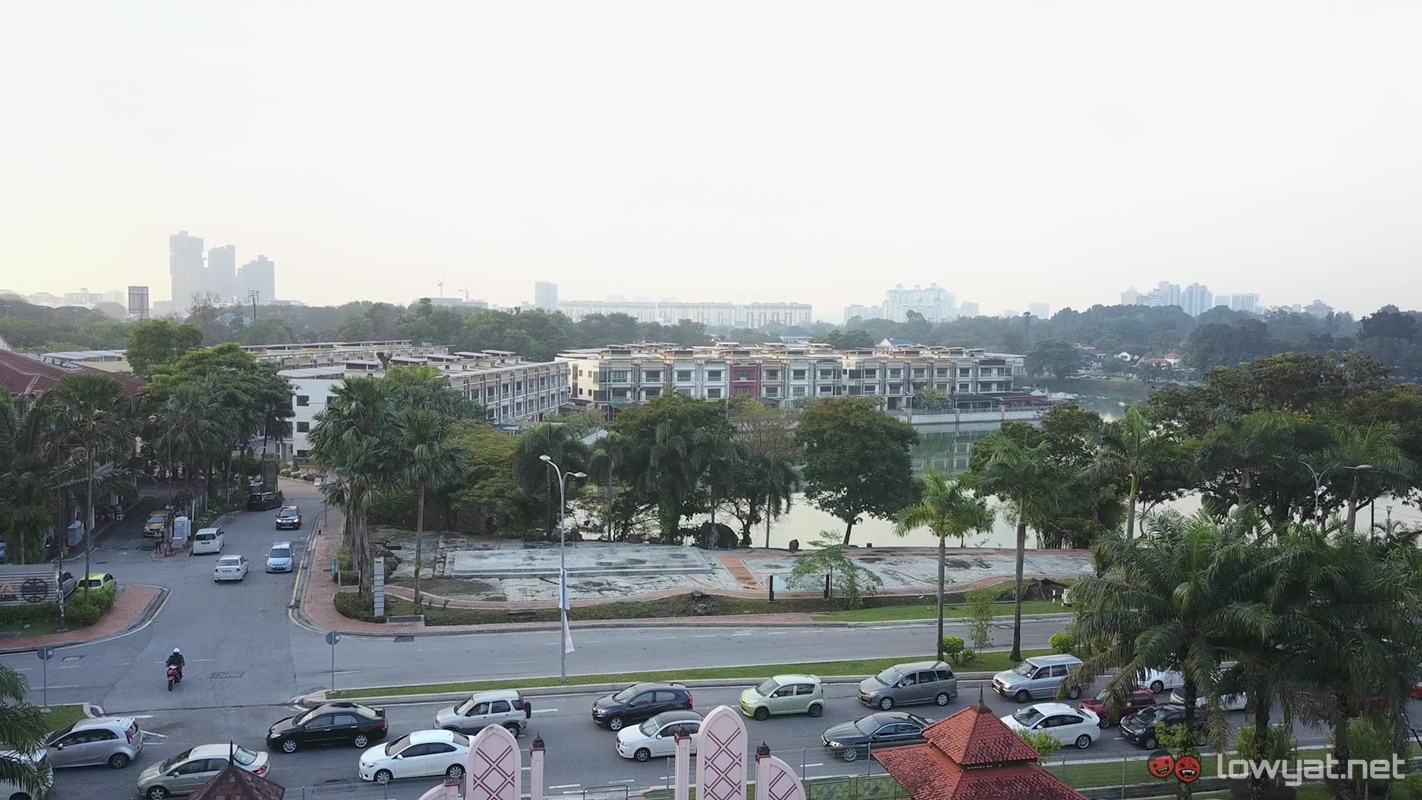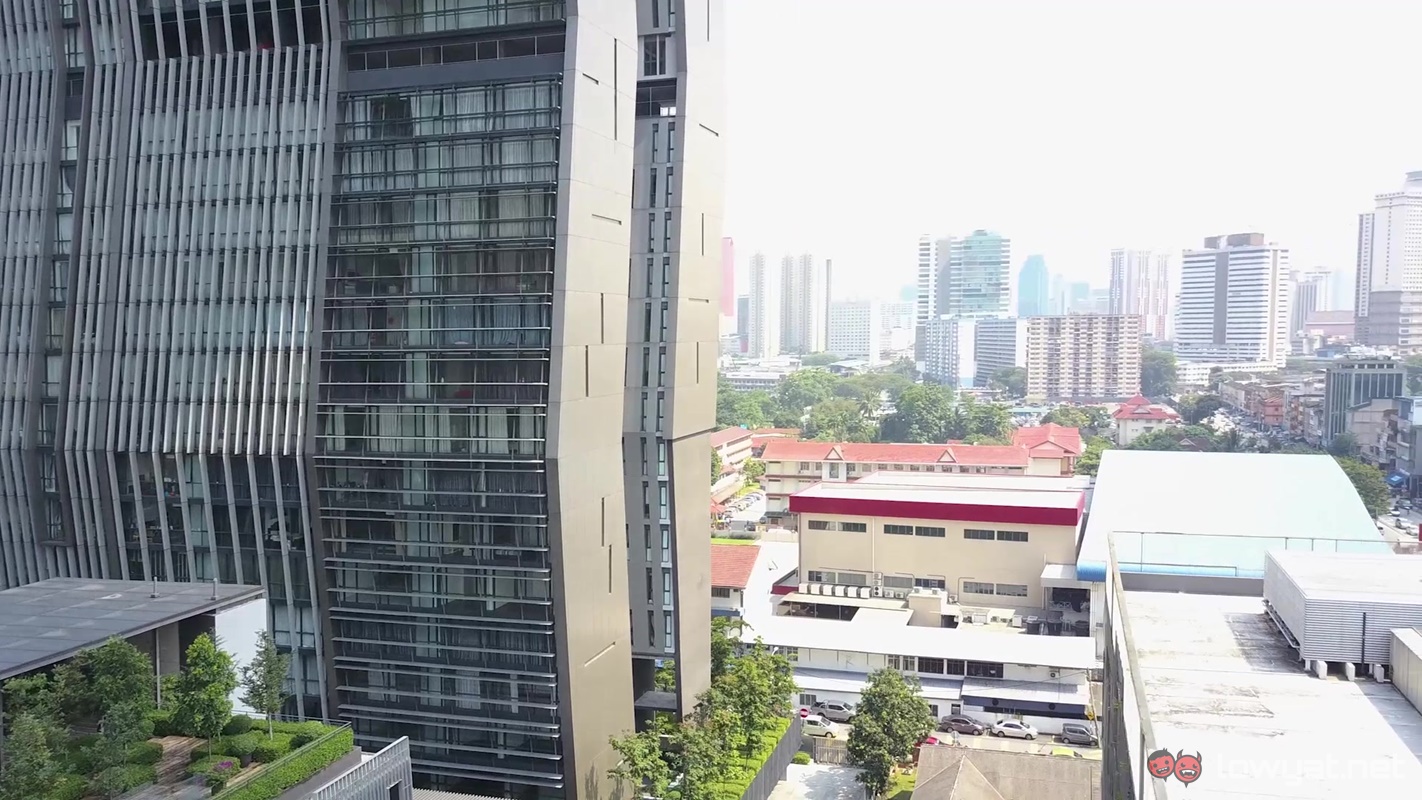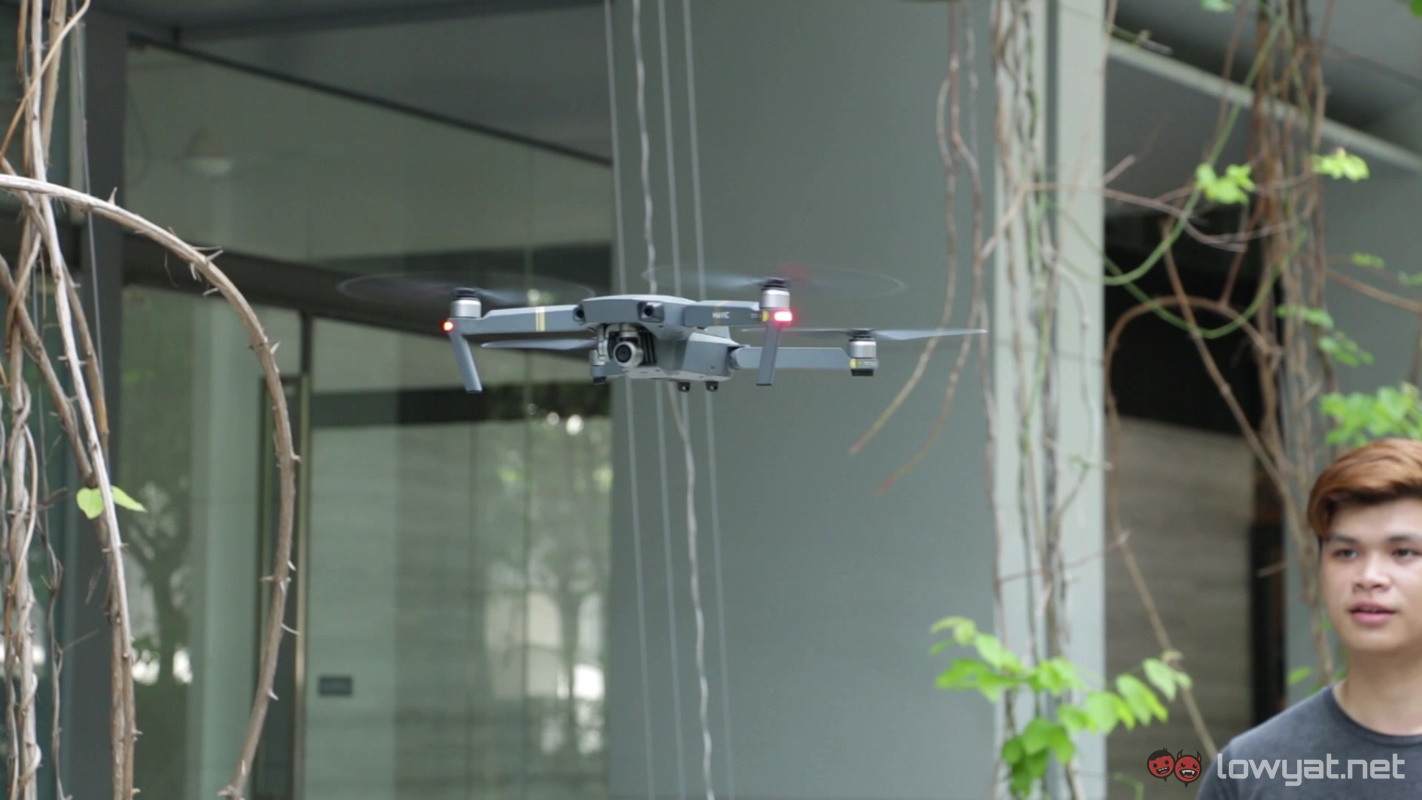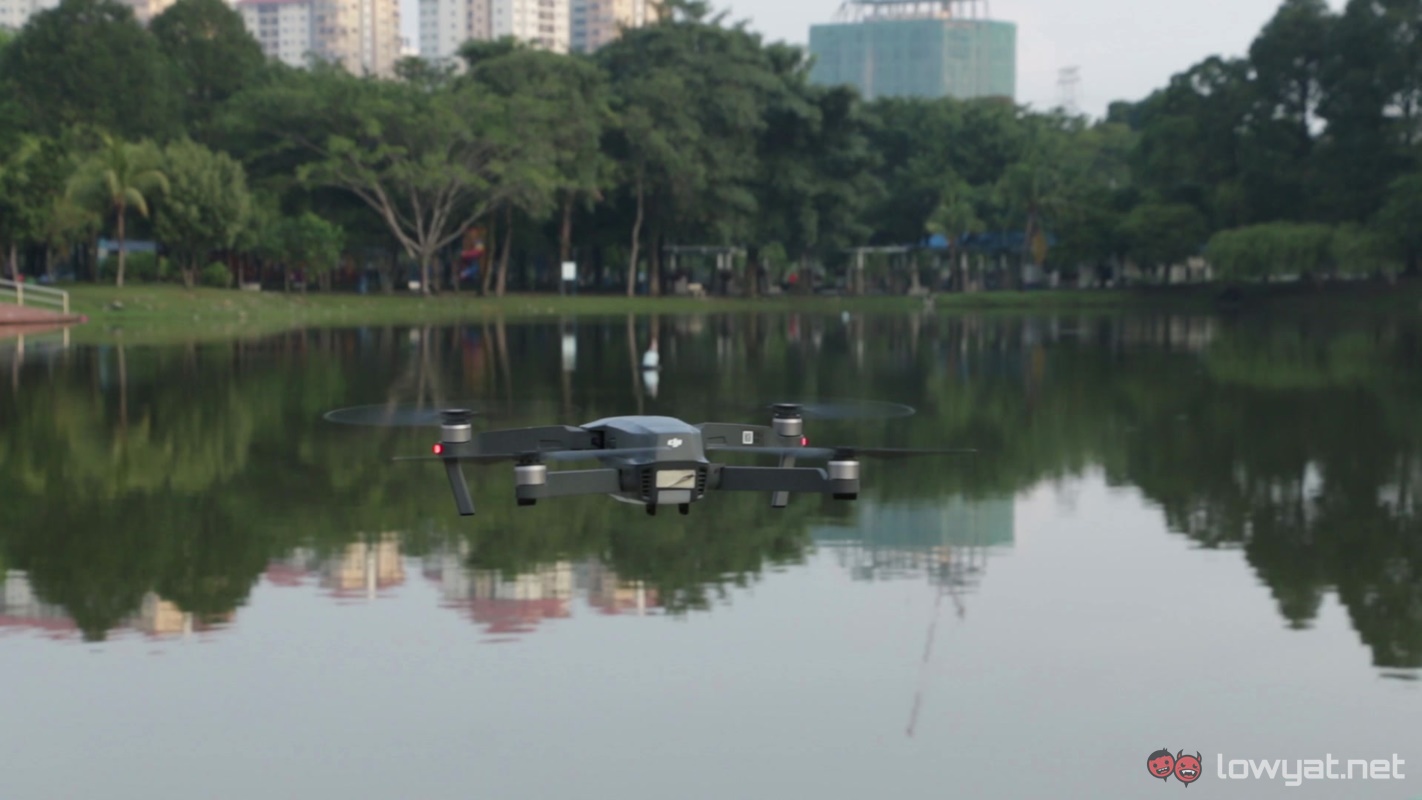DJI’s Mavic Pro is an interesting departure from the company’s usual offerings which catered to professional environments. It’s a prosumer product built for the enthusiast that’s designed for portability – it can actually be folded into your pocket (albeit a large one). But how much does it sacrifice on quality?
What Is The DJI Mavic Pro?
The DJI Mavic Pro is a camera drone that weighs a total of 734g, which is reasonably light compared to the other drones in the market. It can travel 65km/h with ascent and descent speeds of up to 5m/s and 3m/s respectively. It’s got a GPS system built in to track precisely where it is and to ease navigation mid-air.
As for the camera, the DJI Mavic Pro houses a 12.3MP f/2.2 camera with a 78.8-degree field of view. It can take 12MP stills and shoot videos in the below formats:
- Cinema 4K: 4096×2160 – (24p)
- 4K: 3840×2160 – (24/25/30p)
- 2.7K: 2720×1530 – (24/25/30p)
- FHD: 1920×1080 – (24/25/30/48/50/60/96p)
- HD: 1280×720 – (24/25/30/48/50/60/120p)
Build Quality
The build quality on the DJI Mavic Pro is fantastic. Every part of the drone felt solid, so I was surprised that it weighed less than how it felt. The connecting foldable joints of the body to the wings were also sturdy and not at all flimsy.
That being said, the camera gimbal had a very fragile assembly. I was flying the DJI Mavic Pro on a straight path where it passed through a wind tunnel. The gust of wind knocked it against a wall, and it fell less than a meter onto soft dirt. Upon recovering the drone, we found that the gimbal got snapped in half, but the camera was still working fine. That’s one area DJI might want to improve on for future Mavic drones.
Flight Experience
The most important thing about drones is the flight experience, and during my time using it, it was a really good one. Considering the fact that I’ve never flown a drone before and all I did before flying was read a few “getting started” manuals from the DJI GO 4 app, I found everything to be exceptionally breezy.
Next thing I know, I was piloting the Mavic Pro like it wasn’t my first time. It was easy to get the drone up in the air and the same goes for summoning it back. However, there are a few things you need to look out for before flying – GPS availability, surrounding buildings, wireless interference are the more important factors.
Remote Controller
The remote control for the Mavic Pro is easy to use and understand. Once you get the hang of how the navigation sticks work, you’ll be flying the drone in first person view (FPV) in no time. The grip on the remote controller felt comfortable and the dot-matrix display remained visible even in bright sunlight. Photo and video buttons were conveniently located on the rear of the remote control, where your index finger will naturally rest. Apart from that, the smartphone holder can be adjusted to fit almost any smartphone (without casing). Even the Wi-Fi antennas were the right size and they could easily be folded for quick and efficient storage.
Pairing It With The DJI GO 4 App
Similar to other DJI products, the Mavic Pro also works with the DJI GO 4 app, which is available on both Android and iOS. Yes, you can fly the Mavic Pro with just the remote controller, but if you want more control over how it flies and what’s being recorded, you will need the app. I had no issues calibrating and setting up the drone with the app.
Everything was easily understood and with a few simple taps, I got the drone to fly and record the way I wanted it to. Live preview on the app worked great, footage was smooth with no stuttering whatsoever, except when it’s out of range. But when that happens, just slide on Return To Home and the drone automatically flies back and lands on its launch origin. The UI does look messy and complicated at first, but when you know what each icon is for, you’ll eventually appreciate the clutter of controls.
Footage Quality And Features
In broad daylight, the DJI Mavic Pro takes generally good video and stills, but it sometimes struggles with dynamic range. If it’s too bright out, some shots can be overexposed.
In low light scenarios, videos tend to be grainy and noisy – the small f/2.2 lens may be a factor here. The footage may not be as useful, and flying it at night can be dangerous, too since it can be hard to track the drone’s movement. It does have blinking lights on the body and propellers, though.
The DJI GO 4 app unlocks the full suite of features on the DJI Mavic Pro – and they can be extremely useful. TapFly lets you tap on a location and the drone will automatically fly towards it, without further navigation needed. On the other hand, the ActiveTrack feature is useful, but only when it works. I had difficulty getting it to work, and I eventually gave up on the feature.
Battery Life
In terms of battery life, DJI’s Mavic Pro’s flight time was as advertised. During my time with it, the 3,830mAh Intelligent Flight Battery held up for a maximum of 28 minutes. At about the 20th minute mark, the low battery (15% remaining) notification will pop-up, giving you ample time to wrap up and land.
Charging the battery from 0% to a 100% took a total of one hour and 5 minutes. An hour’s charge for 20 minutes of usage doesn’t sound that bad, but I’d still suggest getting an extra battery for extended flight and recording time.
Final Words
The DJI Mavic Pro is a great prosumer-level drone. At RM4,580, it might be pricey – but the advantages are hard to ignore: ease of use, DJI’s aerial expertise, as well as 4K recording – all in a compact package. With its intuitive UI and some pretty smart AI flight features, it’s easy to get the Mavic Pro airborne and recording even if you’re a novice. That, for me, is the DJI Mavic Pro’s greatest strength.
Follow us on Instagram, Facebook, Twitter or Telegram for more updates and breaking news.


